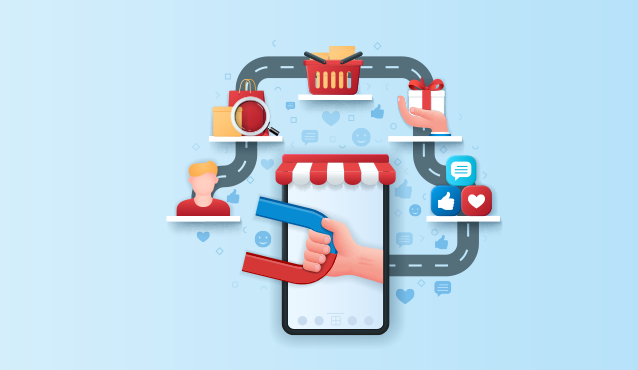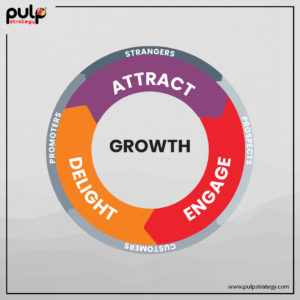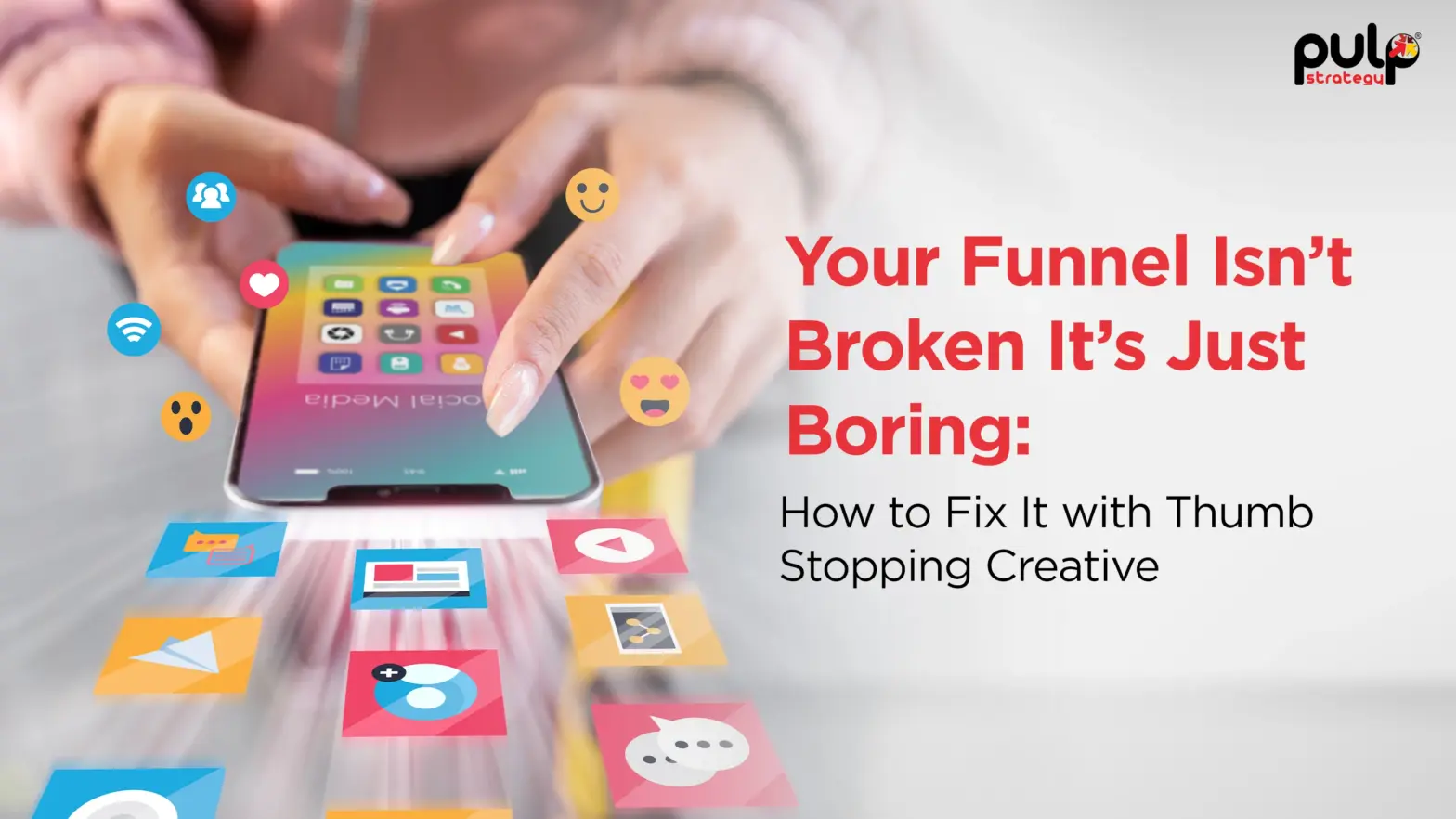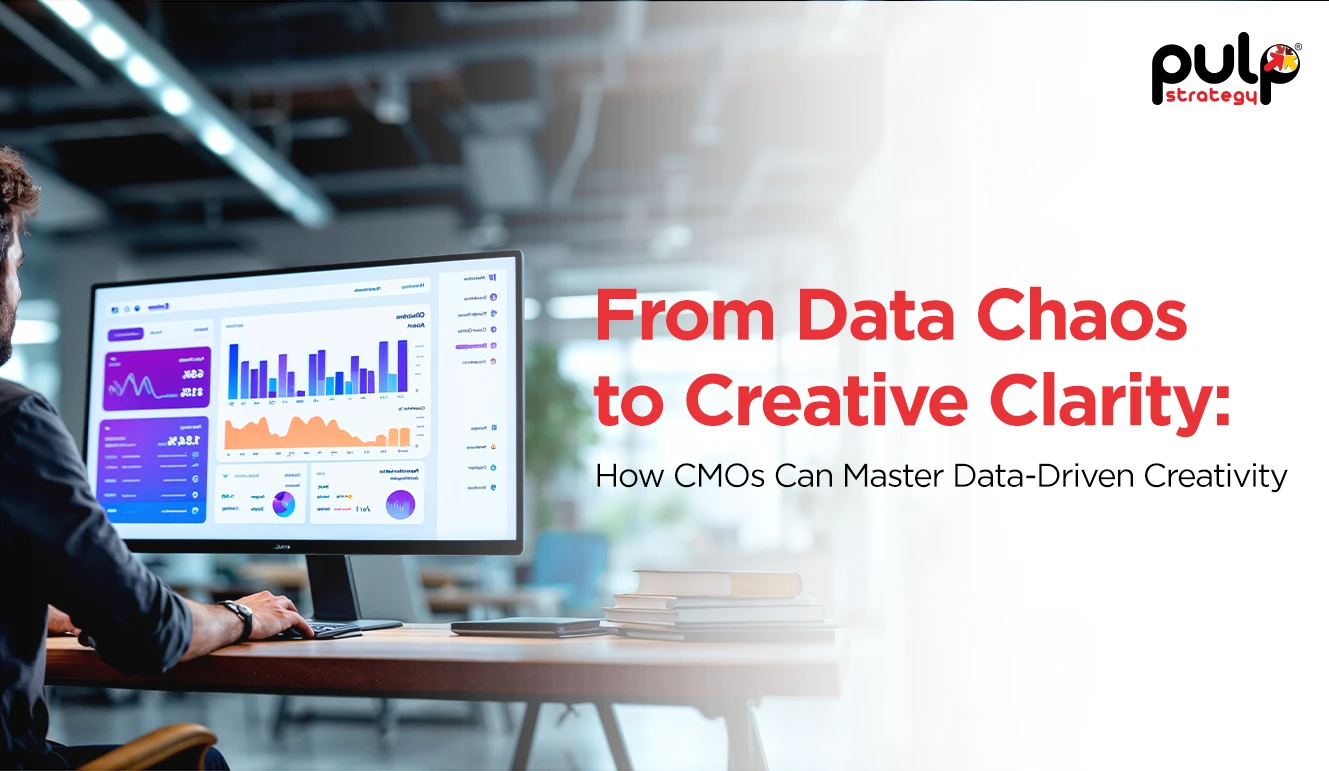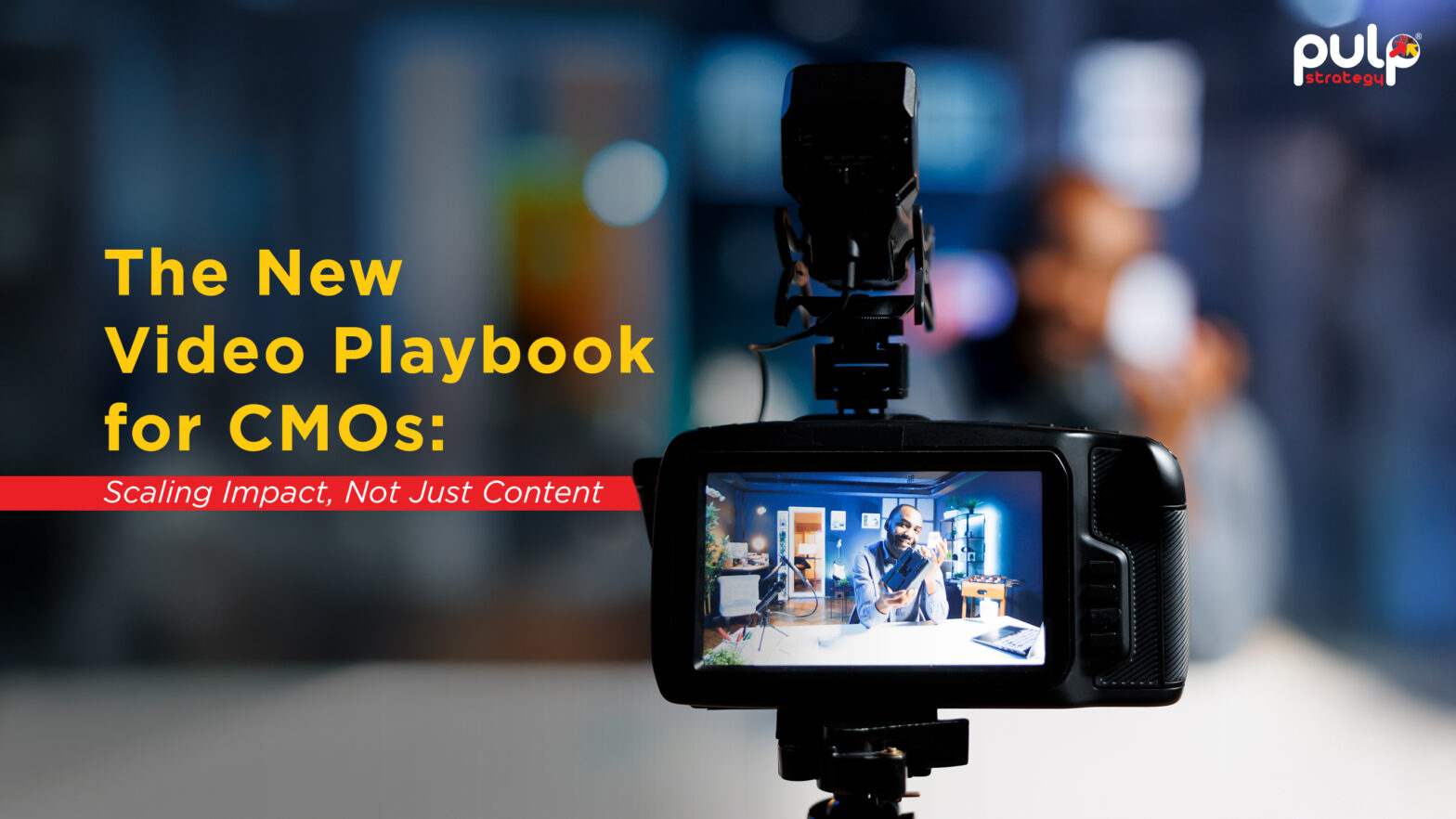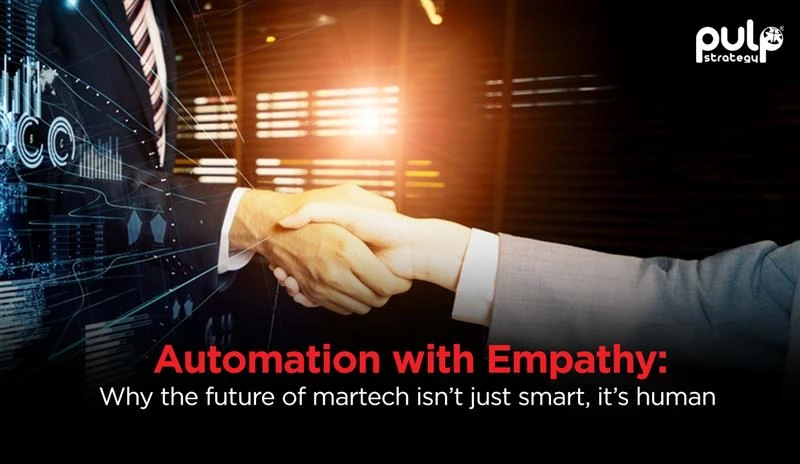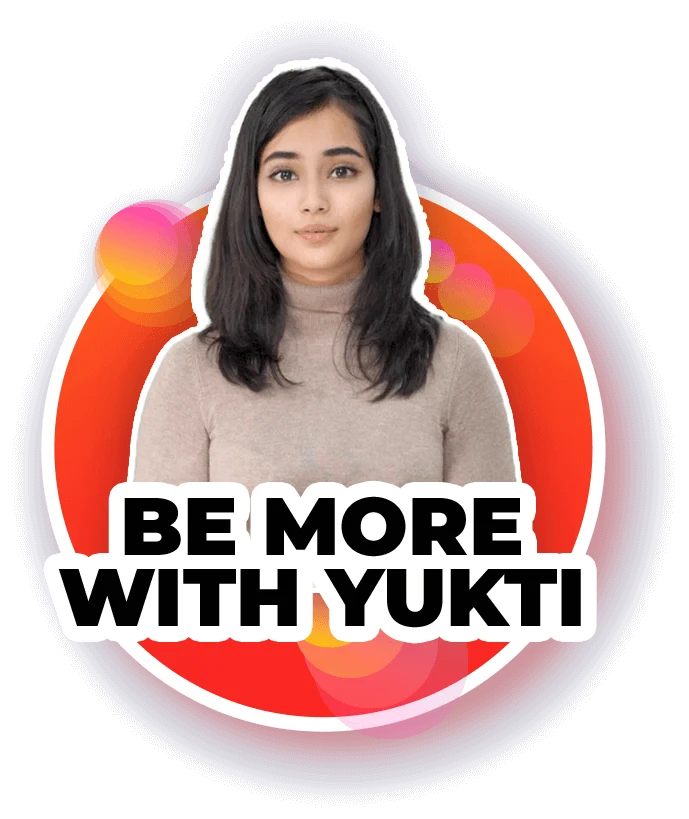If you're a marketer, you know that it's important to keep your messaging strategy fresh. But what if you're not sure where to start? Or what if you've been using the same approach for years and it's no longer working? In both cases, flywheel marketing may be worth a try. So, how can you use flywheel marketing in your strategies?
In today's rapidly evolving digital environment, consumers deal with a lot of friction, especially in their buying journeys. They need to go through various layers of content to finally land on your messages. Every brand's goal should be to make this process as simple and smooth as possible for people to find and consume its content. Any roadblock or bump can send the consumer or buyer backward on their journey.
If your content marketing strategy is not giving you the right results, it could be possible that you are operating on the wrong framework. In a traditional sales funnel, the focus is limited only to the outcome and not on the buyer's experience. Even with great content, it won't matter as there are too many obstacles in the way of getting to it.
HubSpot realised that the typical sales funnel was not focused on customer experience and quickly adapted to the flywheel model. The inbound marketing flywheel model pushes prospects to promoters using content that is frictionless and delivers without any fuss.
And you must note that today, customer experience matters. Truly customer-centric brands are 60% more profitable compared to those that aren't customer-centric. Customers will pay more for the same service or products for an enhanced customer experience. To deliver such experiences, you have to put the customer at the center, focus on what they want to take away from your content and eliminate any blocks in the way. Flywheel marketing does just that.
Flywheel Marketing – What is it?
HubSpot's flywheel marketing model is based on the idea that businesses grow by attracting, engaging, and delighting customers. The flywheel is a metaphor for how businesses can keep their customers coming back for more.
The flywheel marketing model is based on the idea that it takes effort to get the flywheel moving, but once it's spinning, it becomes easier and easier to keep it going. The goal is to keep the flywheel moving faster and faster so that your business can grow.
Here's a closer look at each stage of the flywheel marketing model:
Attracting New Customers
This is all about getting new people interested in your product or service. To do this, you need to create compelling content that will attract attention and get people to take notice. Once you have their attention, you need to turn that interest into action by making it easy for them to buy your product or sign up for your service.
Engaging Current Customers
This stage is all about keeping your current customers happy and engaged. To do this, you need to provide them with an excellent customer experience that exceeds their expectations. You also need to keep in touch with them and build a relationship so they feel valued and appreciated.
Delighting Customers
This stage is all about making sure your customers are so happy with your product or service that they tell their friends and family about it. To do this, you need to go above and beyond their expectations and deliver an exceptional customer experience. You also need to stay in touch with them and build a relationship so they feel valued and appreciated.
A flywheel marketing model is a powerful tool that can help businesses grow by attracting, engaging, and delighting customers. By creating compelling content, providing an excellent customer experience, and building relationships with customers, businesses can keep the flywheel moving and grow their business.
Flywheel Marketing – Why should you use it?
There are many reasons to consider using flywheel marketing for your business. Flywheel marketing can help you acquire new customers, improve customer retention, and increase sales. Additionally, flywheel marketing can help you create a more efficient and effective marketing strategy overall.
Some of the specific benefits of flywheel marketing include:
Increased Customer Acquisition
Flywheel marketing can help you acquire new customers more effectively than traditional marketing strategies. By focusing on creating a virtuous cycle of customer engagement and loyalty, you can attract new customers and keep them coming back for more.
Improved Customer Retention
Flywheel marketing can also help improve customer retention rates. By keeping your customers engaged and satisfied, they are more likely to stick around and continue doing business with you.
Increased Sales
Flywheel marketing can also lead to increased sales for your business. By creating a cycle of customer engagement, you can encourage customers to make repeat purchases and recommend your products or services to others.
More Efficient Marketing Strategy
Flywheel marketing can help you create a more efficient overall marketing strategy. By focusing on customer engagement and loyalty, you can avoid many of the common mistakes that businesses make with their marketing efforts.
Flywheel Marketing – How to do it?
It’s no secret that creating content is essential to any inbound marketing strategy. After all, without content, there would be nothing for prospects to consume as they move through the buyer’s journey. But not all content is created equal. In order to be effective, your content must be tailored to each stage of the buyer’s journey.
To help you create stellar content for every step of the buyer’s journey, we’ve put together the types of content that are most effective at each stage and how you can create it.
Awareness Stage - Attract
The awareness stage is all about getting noticed by your target audience. Prospects in this stage are typically just becoming aware that they have a problem or need that your product or service can help with. As such, the content you create should be geared towards educating them on this problem or need. Blog posts, infographics, and e-books are all great options for awareness stage content. Just make sure that your content is informative and doesn’t come across as too sales-y.
Consideration Stage - Engage
In the consideration stage, prospects are starting to evaluate their options for addressing the problem or need they’ve identified. They’re looking for more in-depth information at this point to help them make a decision. Thus, your content should be more focused on your product or service specifically. White papers, webinars, and product demos are all great content options for the consideration stage.
Decision Stage - Delight
Finally, we come to the decision stage. Prospects in this stage have decided that they’re going to address their problem or need and are now trying to decide which product or service to use. Your content should be geared towards helping them understand why your product or service is the best option for them. Case studies, testimonials, and free trials are all great content choices for the decision stage.
The Flywheel Marketing Model may very well be the most significant model modern businesses can implement, as it puts the customers at the center of each business action that moves the company ahead. While it may take some time and shifts, the process is worth it if you can enjoy persistent growth that’s driven by consumers and raving fans.
If you are looking to implement the flywheel model for your marketing strategies, look no further than Pulp Strategy, one of the leading content marketing agencies in India.
